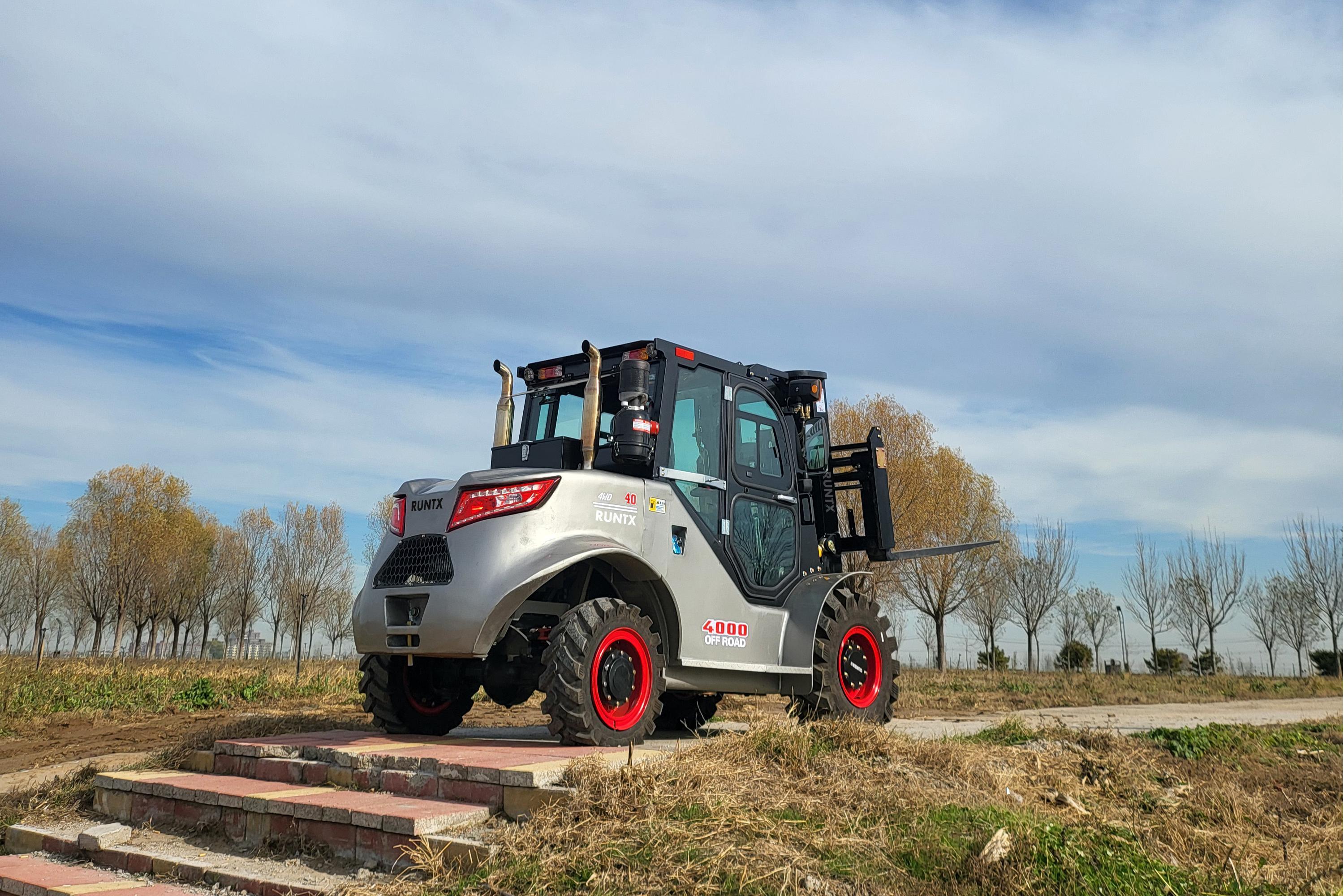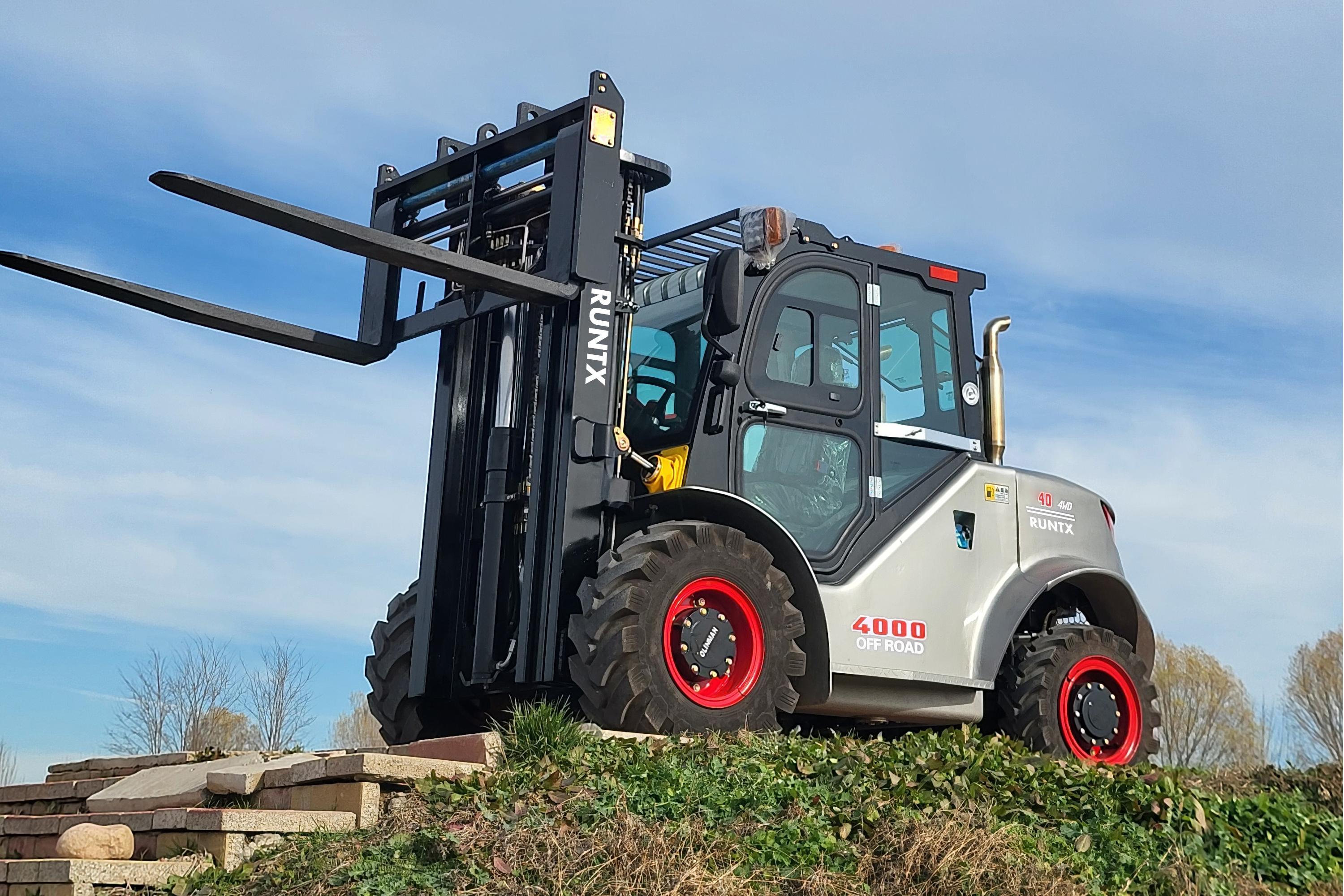-
ProductService SupportTel:Mobile&WhatsApp:Email:
-
AboutService SupportTel:Mobile&WhatsApp:Email:
-
VideoService SupportTel:Mobile&WhatsApp:Email:
-
Service SupportTel:Mobile&WhatsApp:Email:
COOKIES
Our website uses cookies and similar technologies to personalize the advertising shown to you and to help you get the best experience on our website. For more information, see our Privacy & Cookie Policy
COOKIES
Our website uses cookies and similar technologies to personalize the advertising shown to you and to help you get the best experience on our website. For more information, see our Privacy & Cookie Policy
These cookies are necessary for basic functions such as payment. Standard cookies cannot be turned off and do not store any of your information.
These cookies collect information, such as how many people are using our site or which pages are popular, to help us improve the customer experience. Turning these cookies off will mean we can't collect information to improve your experience.
These cookies enable the website to provide enhanced functionality and personalization. They may be set by us or by third-party providers whose services we have added to our pages. If you do not allow these cookies, some or all of these services may not function properly.
These cookies help us understand what you are interested in so that we can show you relevant advertising on other websites. Turning these cookies off will mean we are unable to show you any personalized advertising.
Articulated vs. Compact Rough Terrain Forklifts: Choosing Your Ultimate Off-Road Material Handling Solution
Jul 21,2025
Discover the critical differences between Articulated and Compact Rough Terrain Forklifts. Learn which type dominates extreme terrains, excels in stability, and boosts your operational efficiency.
Introduction
When navigating construction sites, mines, farms, or rugged terrain, standard forklifts falter – only Rough Terrain Forklifts conquer unstable ground. But did you know they split into two distinct types: Articulated Rough Terrain Forklifts and Compact Rough Terrain Forklifts? Choosing wrong risks efficiency and safety. We break down their DNA to match your needs perfectly.

1. Core Differences: How Design Dictates Performance
| Feature | Articulated Rough Terrain Forklift | Compact Rough Terrain Forklift |
| Frame Design | Hydraulic pivot joint splits frame into two sections | Single rigid/unibody frame construction |
| Steering Mechanism | Articulated "bending" at center pivot | 4-wheel steering (front/crab/coordinated modes) |
| Maneuverability | ★★★★★ Ultra-tight turning radius | ★★★☆☆ Good with coordinated steering |
| Terrain Adaptation | ★★★★★ Superior on mud/slopes/debris | ★★★☆☆ Relies on suspension system |
| High-Speed Stability | ★★☆☆☆ Compromised on flat terrain | ★★★★★ Excellent straight-line stability |
| Max Load Capacity | ★★★☆☆ Typically 3-5 tons | ★★★★★ Up to 10+ tons capability |
| Lift Height Range | ★★★☆☆ Limited by pivot structure | ★★★★★ Higher lifts (30ft+) |
| Maintenance Complexity | ★★☆☆☆ Pivot joint requires frequent care | ★★★★☆ Simplified maintenance |
2. Battle of Applications: Where Each Excels
Articulated Rough Terrain Forklift: Master of Chaos
Ideal Sites:
- Early-stage construction (excavation/trenches)
- Quarries, mining, logging trails
- Landfills, recycling yards
- Unpaved farms with ditches/hills
Why Choose:
Dominates confined spaces and unstructured terrain where its pivot steering prevents stuck vehicles and minimizes multi-point turns.
Compact Rough Terrain Forklift: The Adaptive Workhorse
Ideal Sites:
- Paved construction sites
- Ports, logistics yards, industrial plants
- Flat agricultural operations
- Long-distance outdoor material handling
Why Choose:
4-wheel steering boosts agility without sacrificing stability – perfect for mixed terrain and high-speed transport.

3. Selection Guide: 5 Decisive Factors
Terrain Severity
- Mud, 30°+ slopes, boulders → Articulated Rough Terrain Forklift
- Gravel, grass, mild inclines → Compact Rough Terrain Forklift
- Space Constraints
- Narrow aisles < 10ft wide → Articulated (zero-turn capability)
- Open areas → Compact (efficient cruising)
Load Capacity
- 5 tons / >30ft lift height → Compact (structural advantage)
- <5 tons → Both viable
- Speed & Distance
- Frequent >500ft travel → Compact (stable at 15+ mph)
- Short-cycle loading → Articulated
- Total Cost of Ownership
- Lower maintenance budget → Compact
- Extreme conditions → Articulated (reduces downtime costs)

4. Industry Evolution: Blurring Boundaries
Next-gen Compact Rough Terrain Forklifts now feature intelligent suspensions and advanced 4WS, narrowing the gap in off-road prowess. Yet for true non-engineered terrain – Articulated models remain kings. There’s no universal winner, only context-driven choices.
Conclusion
The Articulated Rough Terrain Forklift is your off-road ninja; the Compact Rough Terrain Forklift is your all-terrain tank.
Match your site’s terrain, space, and load profile to unlock peak productivity.
Pro Tip: Test both types on your actual terrain – measure turning circles, climb gradients, and stability at speed!
Contact Us
Tel :
WhatsApp & Wechat :
+86 18959319021
Email :
Office :
New and High-Tech Zone, Xiamen, Fujian.
Factory :
Jiaoxi Sub-district Office, Jiaozhou City, Qingdao City, Shandong.
CONTACT
Tel : +86 0592 5703151
WhatsApp & Wechat : +86 17350839813
Email : info@runtxmachinery.com
Office : Room 402, No. 649, Hu'an Road, Huli District, Xiamen, Fujian Province
Factory :
Jiaoxi Sub-district Office, Jiaozhou City, Qingdao City, Shandong.
No. 218, Weichang Road, Xiguan Street, Weicheng District, Weifang City, Shandong Province
Request Quote
Get exclusive discounts, product updates, and expert advice tailored specifically for you!


